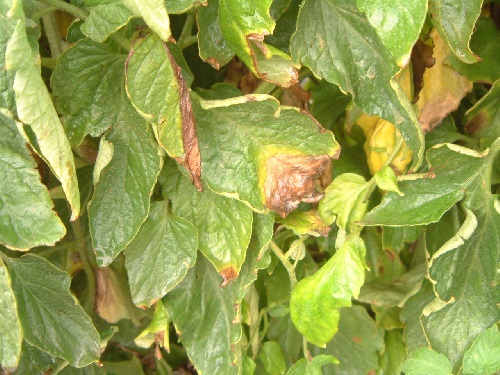Survey: Florida Strawberry Growers Most Concerned About Mexico

The 2013 Florida Berry Expo welcomed a good turnout at the Gulf Coast Research and Education Center in Balm. The event featured several educational presentations followed by field tours showcasing new varieties, cold protection, and pest and disease control trials.
Dr. Zhengfei Guan, UF/IFAS, is conducting a comprehensive survey of Florida’s strawberry growers to determine the challenges the industry is facing. Guan presented results of his study during the Berry Expo. He opened by sharing general trends in acreage and production in the U.S. and in Florida. Both show a gradual increase in acres and production in recent years.
However, revenue for Florida shows a trend of decreasing returns beginning around 2007. This trend is what has the state’s strawberry growers most worried. Many blame increasing competition from Mexico, which shares the same market window as Florida.
In recent years, Mexican strawberry acreage has shown a dramatic increase, with 17,038 acres planted in 2011 rising to 25,100 acres this season. Meanwhile, Mexico’s exports to the U.S. have grown steadily. Those exports now represent 1.5 times the production in Florida.
Guan said these market challenges are having a negative impression on grower attitudes about the future. When asked where the profitability Florida strawberry industry is headed in the next three years, 30% said they believe the industry will remain about the same, 30% said there will be a decrease but it will remain profitable, and 30% predict the industry will not be profitable and/or there will be significant losses.
Threat Assessment
Guan said top concerns match many in the fresh produce sector. Growers ranked competition from Mexico as the number one threat with government regulations and labor shortages following close behind respectively.
When asked if they believe Mexico was dumping strawberries in the U.S., 78% of growers said yes. To the question to whether the U.S. government should launch an anti-dumping investigation, 81% called for action.
Mexico’s competitive advantage revolves around lower labor costs compared to the U.S. and less government regulation. In addition, the Mexican government is subsidizing the investment in protected agriculture, under which, many of its strawberries are grown.
Looking Ahead
Guan said his comprehensive survey points to evidence the industry will undergo further consolidation as larger brands like Driscoll’s and Dole continue to grow. He argued that growers should not always consider consolidation a bad thing. Farmers can contract grow with larger companies, which can provide for financing, supplies and inputs, and an assurance they will have a market for what they grow. In addition, larger brands have marketing budgets and departments at their disposal, which would not be available to smaller growers.
In terms of future research, Guan pointed out the critical importance of improving efficiency and also developing new varieties with good agronomic traits, but also ones that meet the demands of consumer tastes. Given the challenges surrounding sourcing labor, Guan suggested serious efforts and funds should be placed on viable mechanical harvest technology for strawberries.
The survey indicated many growers only plant strawberries on their farms in Florida. Thus, he encouraged growers to consider diversification as an area of opportunity to spread risks. This could be achieved by planting multiple crops on the beds where berries are grown.










